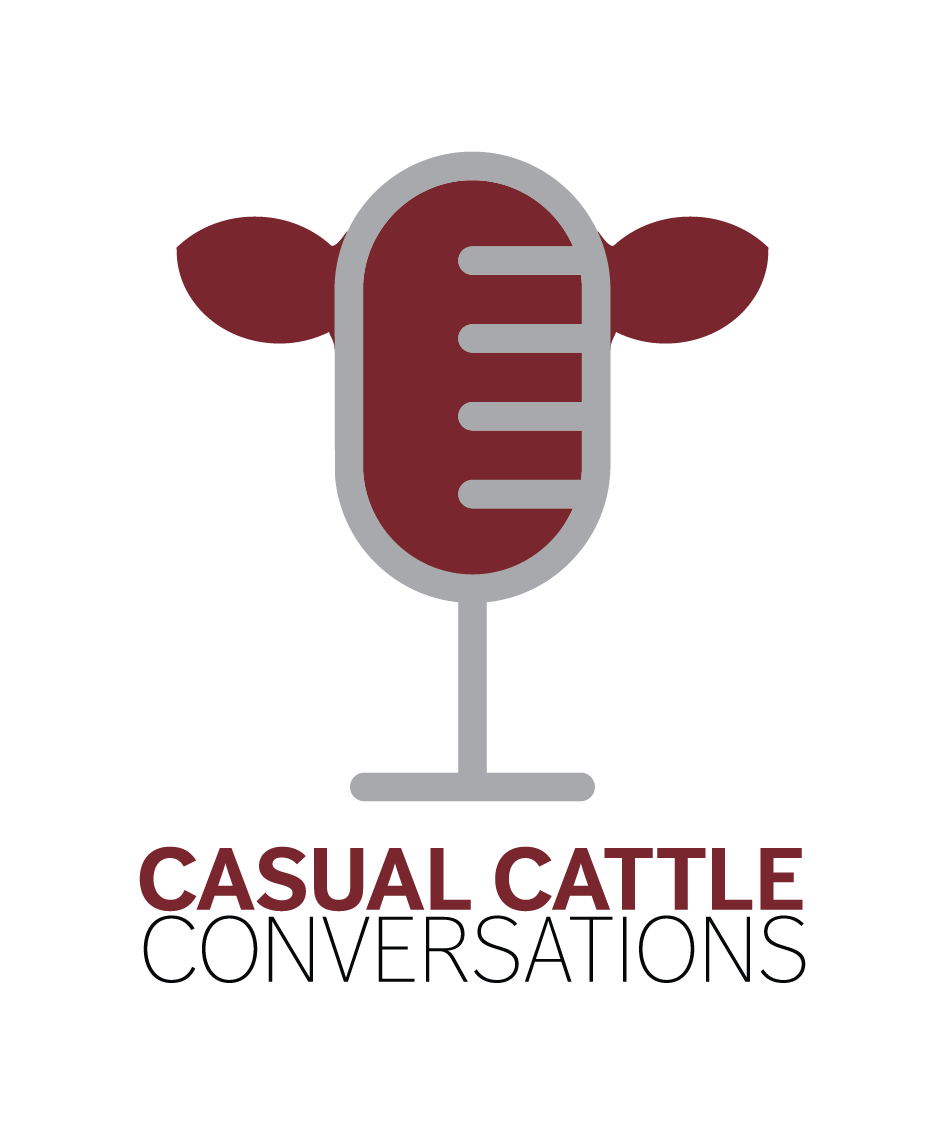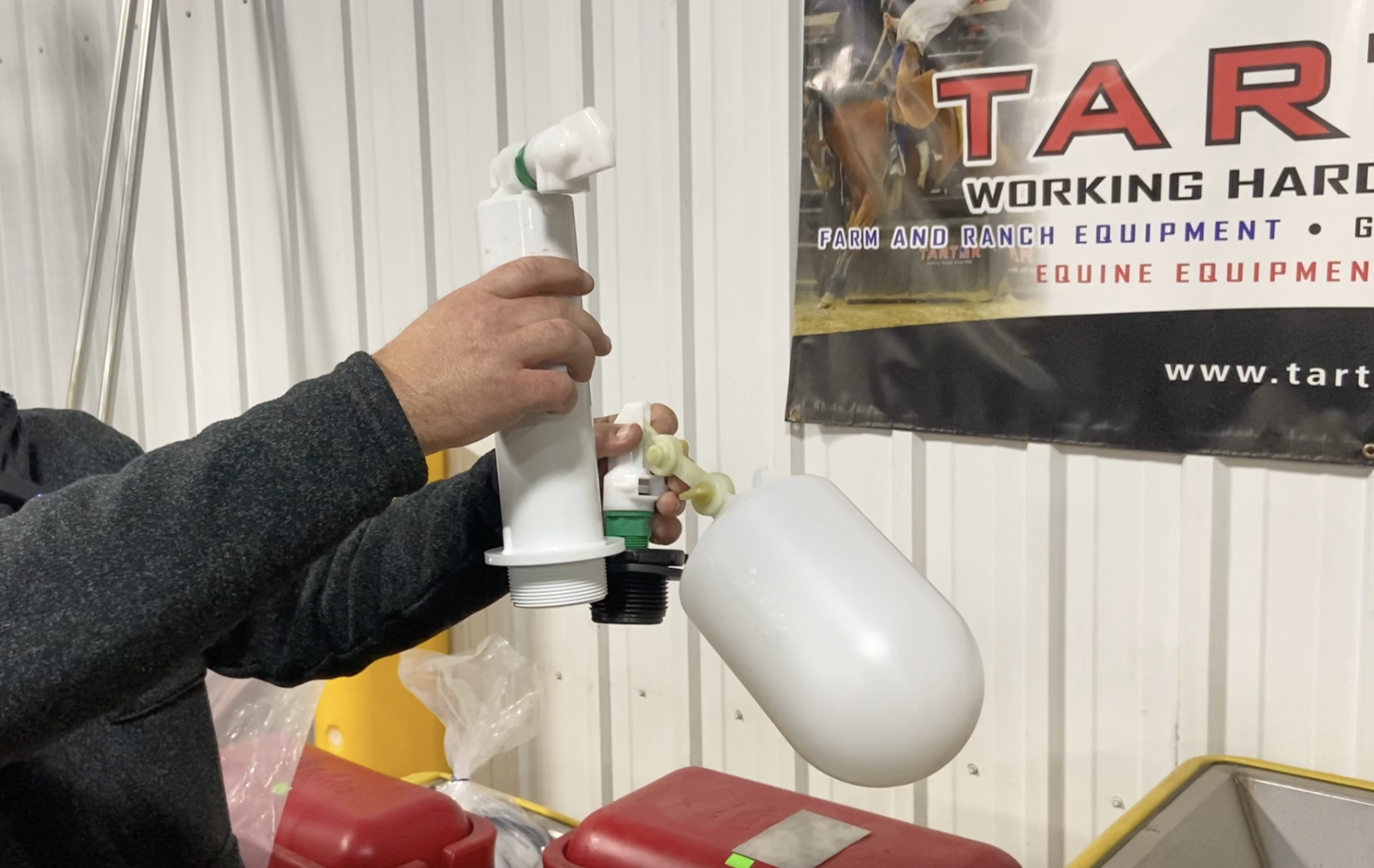Keep Livestock Waters Open All Winter Long
Extended grazing seasons and fewer days starting the tractor to feed cattle sound nice in theory—but what about the watering constraints? Some producers struggle with where to place watering systems, while others battle freezing temperatures brought on by harsh winters.
Rocky Brown, owner of Wald Fencing, says, “Without water, there is no fall grazing. Fencing is easy—watering is the real constraint.”
Some might let their cattle fend for themselves with snow, but that’s not a preferred method for most. Brown says, “I’m not a big believer that snow gives cattle enough water. They use up too much energy warming that snow to body temperature to make it useful.”
The good news is there are plenty of tried-and-true options for both temporary and permanent livestock watering systems that work in harsh winter conditions.
“The biggest thing is if water is moving, water is not freezing. So if you can keep that going and water is always moving, your water is fine,” says Brown. “However, nothing’s foolproof. There’s not one thing that is the silver bullet, but you can monitor and manage to make most systems work.”
For fall grazing and more temporary setups, ranchers should start by considering the water source: wells, rural water, dugouts or natural springs.
“We have customers who put a generator and tank in an old two-horse trailer and pump water from a dugout,” says Brown. “They figure out the timing and gas needed for the generator, and any excess water flows right back to the original source.”
For ranchers using hydrants or other water sources, there are a variety of methods to keep water flowing even while using a float.
“We’ve developed a stainless-steel system using products from Watson Manufacturing that allows for continuous flow using a combination of a float, petcock and copper tubing,” says Brown. “I’ve had customers here in North Dakota use this system into January.”
There’s also a similar Watson Manufacturing product that runs on temperature control, and of course, Freeze Misers are another option for running off a hydrant.
The front system shows the temperature-based Watson System and the back system shows system described earlier in the story.
For permanent winter watering setups, ranchers should consider whether they’re using energy-free models, the materials of the tank, and a concrete pad to go around the outside of the water tank.
“Buy good-quality waterers that will last. Don’t skimp, because cheap ones never fail in the summer—they fail when your cattle need them most,” says Brown.
Even in extreme climates, energy-free waterers can be effective when installed correctly.
“Energy-free waterers can work even in North Dakota and most of Canada if they’re installed right and deep enough to capture geothermal heat,” says Brown.
Tire tanks are a common sight in the Dakotas due to the natural insulation they provide, but they need to be properly cared for to stay effective.
“Fresh water is so important. If you’re using tire tanks, clean them out often,” says Brown. “Additionally, make sure they are set up with stainless-steel bolts and thick bottom plates so they don’t rust out. They don’t fail in July—they fail in January when your hands are freezing.”
Tank heaters—whether floating or sinking—are another option to consider to keep floats from freezing, but Brown finds sinkers to be more effective.
“If you’re using tank heaters, go with a sinking de-icer. Heat rises, and it warms the water from the bottom up instead of just the surface,” he says.
Ritchie tanks are another common brand for colder climates, but there are several factors to consider to make them most effective—starting with material.
“Be careful with all-plastic troughs in cold regions—they might be fine for Nebraska or farther south, but not for North Dakota winters,” says Brown.
Brown also encourages producers to keep valves below water whenever possible, utilize thermal cubes, and incorporate a small aluminum plate.
The traditional riser tube can be replaced with the following system to keep the valve more protected from the elements.
“A thermal cube is a $20 game-changer. It turns your heat lamp on at 35 degrees and off at 45 so you’re not wasting power or burning bulbs,” says Brown. “A simple four-by-six aluminum plate under your element spreads the heat and keeps calcium from building up—cheap fix, big difference.”
Concrete pads are also important around permanent tanks.
“Make pads big enough for the animal to fit all four feet on there,” says Brown. “Don’t make cattle step up onto concrete pads. Keep them ground level so they’re not washing out the landing every time they step down.”
If concrete doesn’t seem feasible, there are other options.
“If you can’t get a concrete pad poured, build one out of rough-cut treated lumber,” says Brown. “It lasts, it’s reusable, and you can move it if you ever have a water break.”
At the end of the day, it takes a combination of experiences—from the rancher and from others—to find the best solution for an operation.
“Share what you know, but don’t be arrogant about it. The beef industry rises together when we share what works instead of keeping it to ourselves,” says Brown.
Know your constraints, talk to your neighbors, or talk to an expert to determine which fall and winter watering systems will be most effective for your operation.



